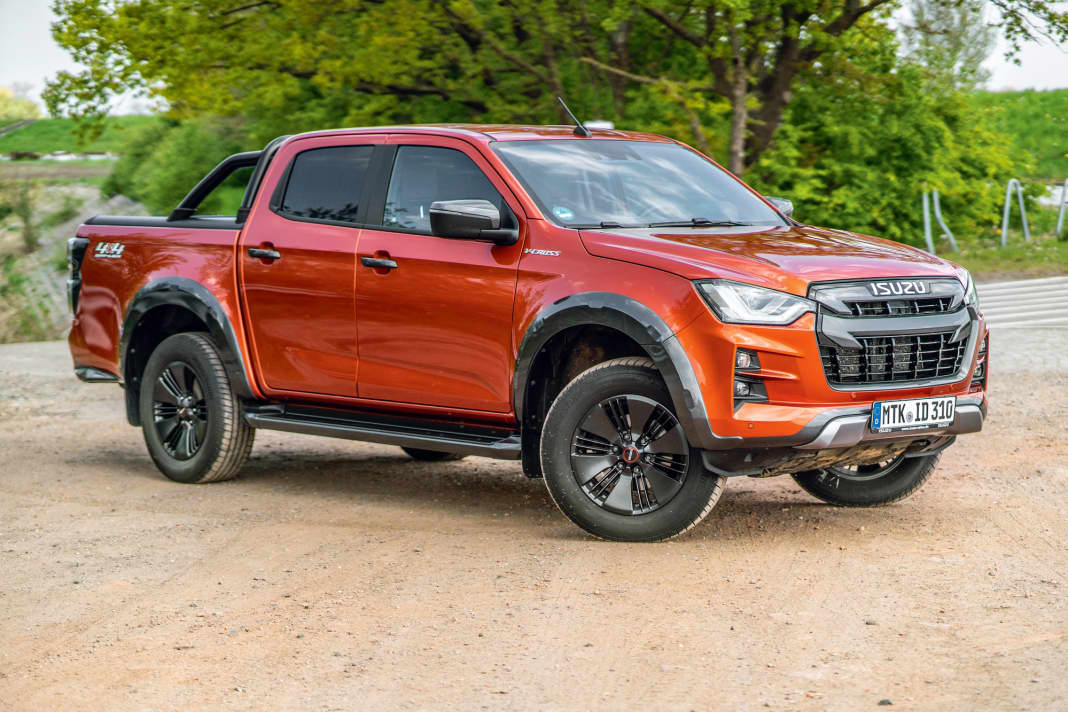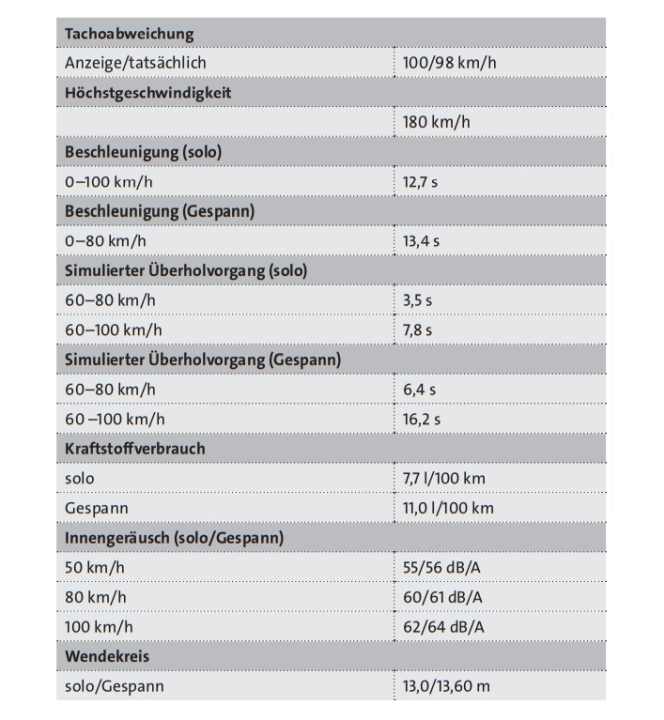





With twenty sacks of cement and a bricklayer's trowel on the flatbed heading for the building site or freshly washed on the way to a piano concert - anyone travelling in a pick-up cuts a good figure in any case.
The fact that these all-rounders have not yet made it onto the bestseller lists in Germany is clearly a question of mentality. German manufacturers have reacted to their customers' reluctance. Mercedes, for example, discontinued production of the X-Class two years ago. Volkswagen is also giving its Amarok a creative break, but this will be over by the time the new model is launched at the latest. Until then, the market, in which Isuzu wants to continue to play an important role with the modified D-MAX, will be dominated by the "top dogs" from the USA (Dodge, Ford) and their own country (Mitsubishi, Nissan and Toyota).
Isuzu has made a name for itself with the pure production of commercial vehicles
What Isuzu cannot - or does not want to - do is build cars. The long-established Japanese company has made a name for itself worldwide as a manufacturer of commercial vehicles for over a hundred years. Nevertheless, the company is looking for partners. And it finds one. In 2002, the somewhat outdated Isuzu pick-up was completely overhauled in co-operation with General Motors in Thailand and given the name D-MAX. And now? Old name, new car: in 2020, the D-MAX celebrates a new start with a completely new design and radically modified equipment.
The advertising slogan "Made for people who take things into their own hands" presented at the D-MAX debut is exactly fifty years old, but still relevant. Today, the D-Max is offered in three different versions as a Single, Space or Double Cab. Those who, like tradesmen, like to or have to take things into their own hands will undoubtedly favour the two-seater Single Cab version with the largest loading area, while the "music lovers" mentioned at the beginning will prefer the five-seater Double Cab in the V-Cross version that we drove. The Space Cab version is characterised by the less comfortable emergency seats behind the passenger/driver seats.
Displacement is respectable, but not exactly ample for trailer operation
The four-cylinder diesel engine is literally one for everyone. Equipped with common-rail injection, turbocharger and intercooling, the 1.9-litre engine develops a torque of 360 Nm between 2000 and 2500 rpm. To anticipate this: If you want to use the permitted payload (just under 1000 kg) and the maximum towing capacity of 3.5 tonnes, you will want more. The same applies to the power output, which at 163 hp is quite respectable for an engine with a displacement of just under two litres, but not exactly ample for trailer operation. In practice, its limited power reserves cannot be overlooked when overtaking and accelerating uphill.
The D-MAX, which can be equipped with either a manual six-speed gearbox or a six-speed automatic transmission, really impresses when it comes to drive. Electrically selectable all-wheel drive, differential lock, reduction gear and hill start assist are not only at their best off the beaten track and on steep slopes.
Anyone sitting in the front row of the D-Max, i.e. on the electrically adjustable driver's seat, will enjoy the comfort of ergonomic shapes, lumbar support, genuine leather, seat heating and well-placed controls such as the height and width-adjustable steering wheel.
Automatic air conditioning and safety assistants ensure that the driver doesn't break into a sweat at work. The little ABC of hard-working helpers: anti-lock braking system (ABS), trailer stabilisation, attention assistant, parking assistant, speed control, emergency brake assistant, lane departure warning, cruise control, blind spot monitoring, traction control and traffic sign recognition. The list of useful aids is completed by the reversing camera, which shows the driver where to go on a nine-inch touchscreen in top image quality when coupling up and manoeuvring with the trailer. The only thing that spoils the fun here is the large turning circle. If you want to know the best and fastest way to get from A to B, you can connect your smartphone to the screen. The new Isuzu D-Max does not have its own integrated navigation system, but it does have a loud hands-free system.
Measurement results:

The results we gather on our road trips (city traffic, country roads and motorways) speak for themselves at least as loudly. If you take it easy (recommended speed), Isuzu's turbodiesel impresses with moderate fuel consumption figures. This means exactly 7.7 litres/100 km in solo operation. The noise levels measured also show that it is in feel-good mode. The engine noise only becomes intrusive in the upper engine speed range. With a trailer weighing around two tonnes and a boat on the hook, the 163 hp four-cylinder engine is not much louder, but it is significantly more thirsty. It has to make an effort - which becomes apparent during the simulated overtaking manoeuvre at the latest - and consumes exactly 11.0 l/100 km during the "tour de force" on the more than 200 km test drive around Hamburg.
Conclusion
The new design has a deliberately masculine look. Apart from the cowboy feeling desired by many pick-up fans, the new D-MAX generation scores with favourable prices, complete equipment, economical consumption values, solid technology, impressive off-road characteristics, versatility, high payload and towing capacity. Building materials, boat equipment and luggage are well stored on the non-slip plastic-lined platform under the lockable roller blind. If the load is higher than 49 cm, the cover must remain open. This means it's easy for thieves, and the cargo, which is sometimes not really weatherproof, is not just literally left out in the rain.
Technical data
Isuzu D-MAX V-Cross
- Price:from € 50,150
Engine
- Design:Four-cylinder common-rail turbodiesel with intercooling
- cubic capacity: 1898 cc
- Performance:120 kW (163 hp) at 3600 rpm
- Torque:max. 360 Nm
- Fuel:Diesel
- Emission standard:Euro 6d
Gearbox
- Design:6-speed automatic
- Drive:Selectable all-wheel drive with reduction gear and differential lock
Dimensions
- Length x width x height:5265 x 1870 x 1790 mm
- Wheelbase:3125 mm
- Tyres:265/60 R18
Loading area
- Length x width:1570 x 1120 mm
Weights
- Unladen weight:2105 kg
- permissible total weight:3100 kg
- permissible gross train weight:6000 kg
Trailer loads
- unchecked:750 kg
- braked:3500 kg
- vertical load:245 kg
- Roof load:100 kg
Trailer
- Manufacturer:VANCLAES
- permissible total weight:3000 kg
- Test weight:2000 kg
This might also interest you:

